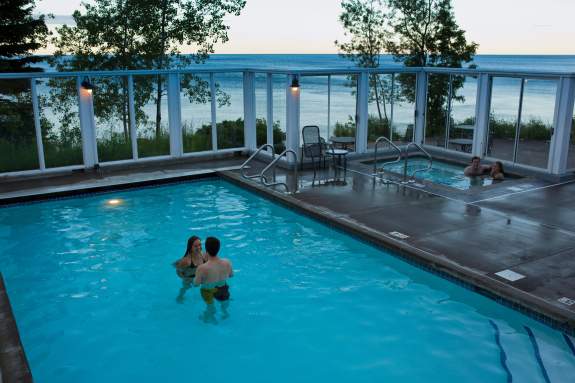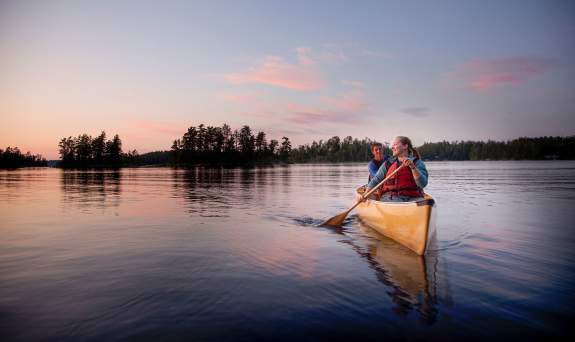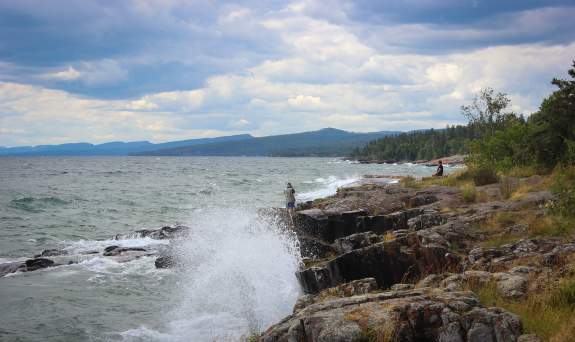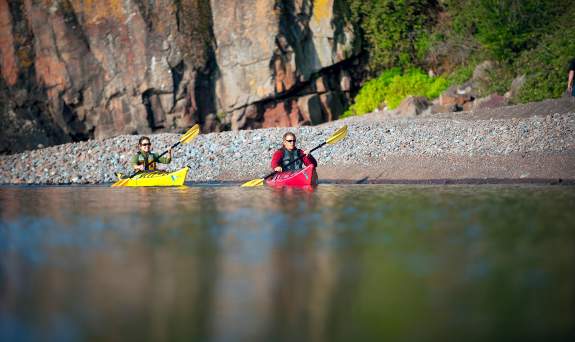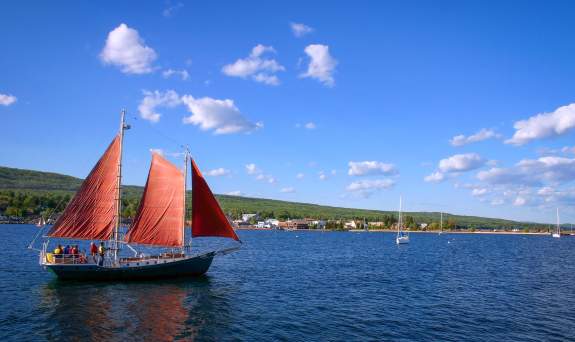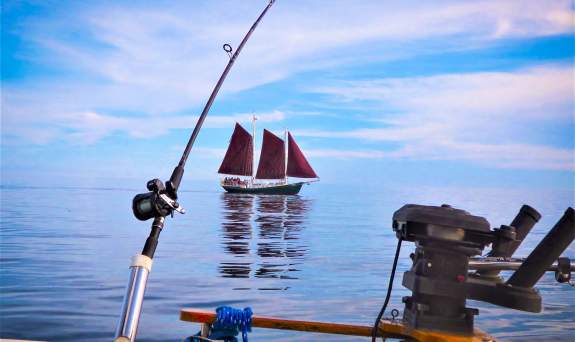Agate Hunting in Cook County
Lake Superior Agates
Calling all agate hunting fanatics! Cook County, Minnesota is the perfect place to look for the Minnesota state gem: the Lake Superior agate. Here are four things to know that will help you find some gems of your own. After you’ve perused the tips, read more about our geology.
Tips: How to Find Lake Superior Agates
- Know where to look
One of the best agate hunting spots is on any public beach or other location that has exposed rock gravel. Try the varied beaches of Lutsen-Tofte-Schroeder, Grand Marais, and Grand Portage. Some locations like Sugarloaf Cove only allow looking, not taking, so check before you pocket that agate. - Know what to look for
It’s not always obvious a rock is an agate. Wet it and look closely for translucency, banding and a glossy, waxy sheen. Like people, agates come in many forms and colors. If you are lucky, you might find a rare “eye” agate with two sets of ring bands. “Fortification” agates have colored bands, completely connected, circling the face of the agate. Parallel-banded fortification agates are sometimes called “water-level” agates and have straight parallel bands running across the face. - Dig deeper
When agate hunting on the beach, dig down several inches to where the rocks are wet. Because agates are semi-translucent, they glisten when wet. A great time to go agate hunting is after a big Lake Superior storm when new rocks get tossed up onto the shore.Remember that you’re not looking for large rocks. Most agates are between the size of an almond and a walnut. - Think outside the beach
You don’t have to be right near Lake Superior to look for agates. Agates can be found anywhere rocks have been dropped by glaciers or moved by humans. While Lake Superior’s shoreline may be the most picturesque place to find agates, you’ll find them in gravel pits and on dirt roads, too.
How did Lake Superior Agates Form?
Every Lake Superior agate was born a billion years ago when a massive lava flow solidified and formed the bed of Lake Superior. Bubbles in the lava were preserved as pockets.
Over time, mineral-rich water seeped into those bubbles (called vesicles), forming layers. The color of the layer depends upon the mineral content of the water. During the last ice age, glaciers scraped the agates out of the hardened lava and scattered them along the North Shore.
Agate Resources
The Lake Superior Agate by Scott F. Wolter
Rock Picker’s Guide to Lake Superior’s North Shore by Mark Stensaas, illustrated by Rick Kollath
Special Offers
Don’t just visit Cook County. Experience it like a pro with the hottest deals in the state. We’ve worked with our local vendors, artisans and owners to curate the best prices and most unique packages for our out-of-town visitors. Check out our hot deals today.
Boundary Waters
The Boundary Waters Canoe Area Wilderness (BWCAW) is where silence and serenity are here for you to discover. You will hear no traffic, ringing phones…
Lake Superior
Perched on the rocky shoreline of Lake Superior, the world’s largest freshwater lake, the fabled Lake Superior North Shore of Minnesota has long…
Swimming
It’s getting to be that time of year! The best place to cool off from the summer heat is the water. This post will tell you the swimming hot…
Kayaking
You don’t have to travel to the ocean to have a kayak vacation. Try the pristine Lake Superior!
Canoeing
There’s a reason people have been canoeing and kayaking here for thousands of years. Cook County gleams with thousands of pristine inland lakes…
Sailing
Lake Superior offers incredible sailing adventures – not to mention the most spectacular views of the shoreline. Whether you have your own…
Boating
Boating on lakes in Minnesota offers world-class fishing and sightseeing. Whether canoeing, waterskiing, sailing, or enjoying the taste of the…
Fishing
Holding the Minnesota state fish record for largest Chinook Salmon, Pink Salmon, Rainbow Trout, Brook Trout, Lake Trout, Whitefish, and Walleye…





